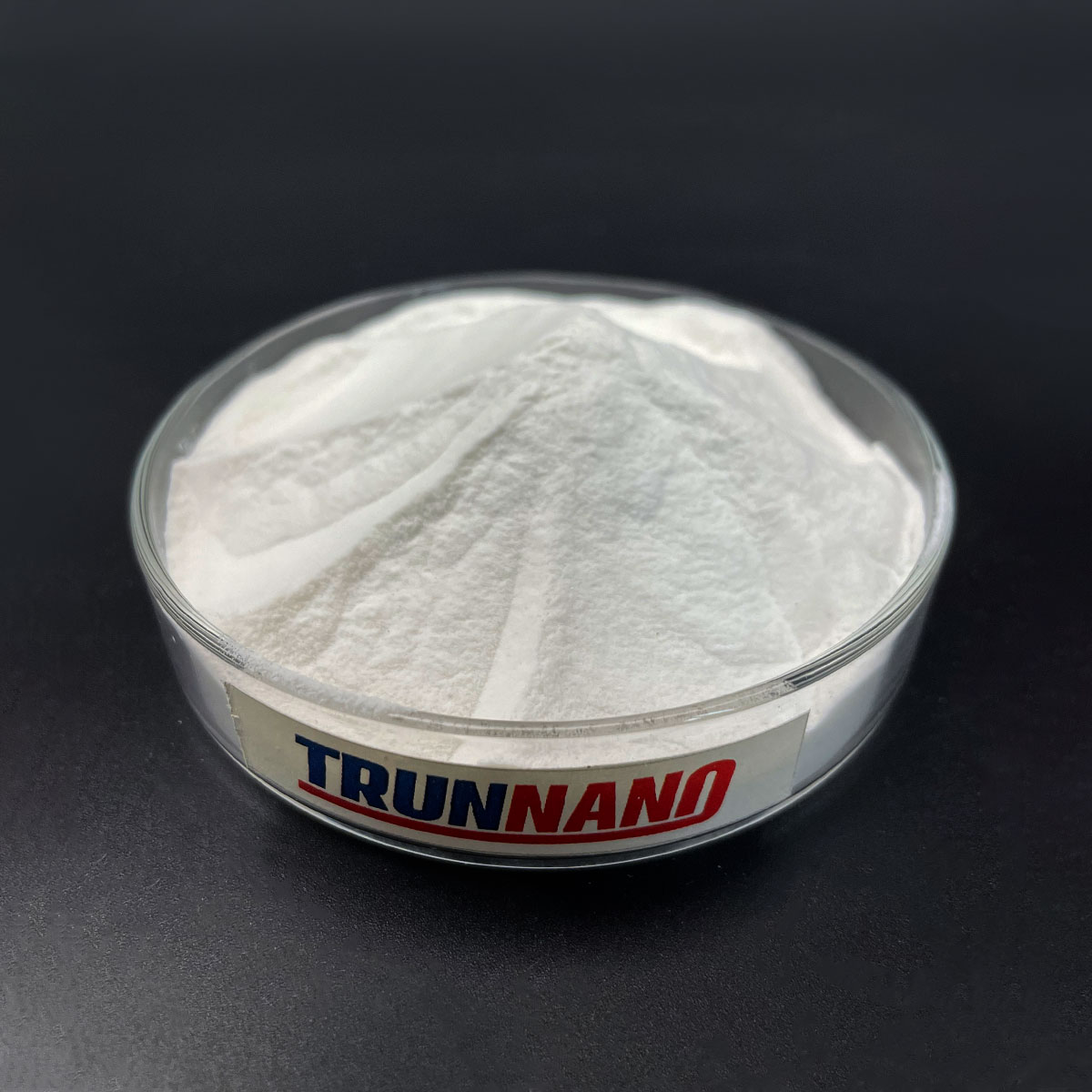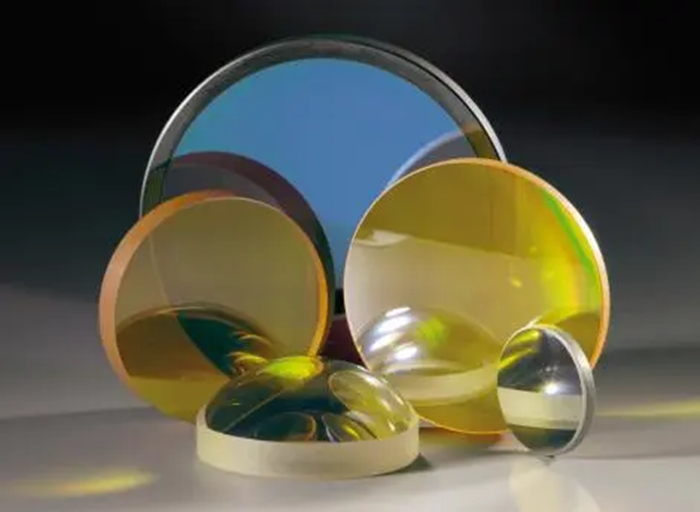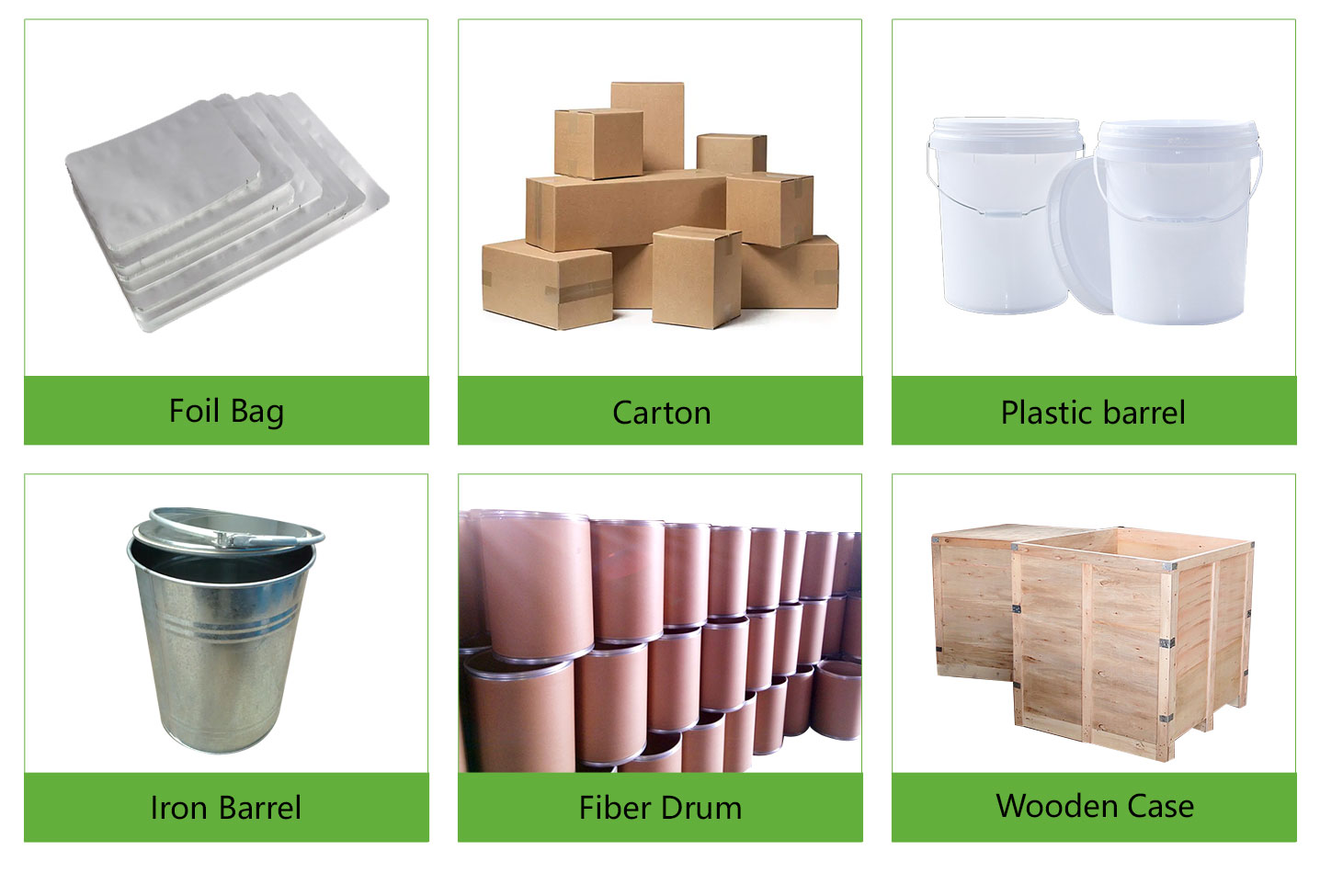| Purity | Particle size | |
| ZnS powder | 99% | 1-5um |
| ZnS powder | 99.99% | 1-5um |

| CAS Reg. No. | 1314-98-3 |
| Name | Zinc sulfide (ZnS) |
| Empirical formula | SZn |
| Molar mass | 97.47 g/mol |
| Appearance | White, grayish-white, or yellow crystals or powder |
| Melting point | 1700–1900 ºC (subl.) |
| Water solubility | 6.5–6.9 mg/La |


| Particle size | ZnS | Water | Fe,mg/kg | Cu,mg/kg | Pb, mg/kg | Ni, mg/kg | Cd,mg/kg | Mn, mg/kg | PH |
| 3-5μm | 99.99% | ≤0.8% | <10 | <0.3 | <2.0 | <5.0 | <0.3 | <0.2 | 6.0-7.0 |

Zinc Sulfide Properties |
|
| Other Names | ZnS powder, zinc sulphide, zinc sulfide phosphor |
| CAS No. | 1314-98-3 |
| Compound Formula | ZnS |
| Molecular Weight | 97.45 |
| Appearance | White to off-white Powder |
| Melting Point | 1830 °C |
| Boiling Point | N/A |
| Density | 4.1 g/cm3 |
| Solubility in H2O | N/A |
| Poisson's Ratio | 0.28 |
| Specific Heat | 520 J/kg-K |
| Thermal Conductivity | 27 W/m-K |
| Thermal Expansion | 6.5 µm/m-K |
| Young's Modulus | 75 GPa |
Zinc Sulfide Health & Safety Information |
|
| Signal Word | N/A |
| Hazard Statements | N/A |
| Flash Point | N/A |
| Hazard Codes | N/A |
| Risk Codes | N/A |
| Safety Statements | N/A |
| RTECS Number | ZH5400000 |
| Transport Information | NONH for all modes of transport |
| WGK Germany | nwg |